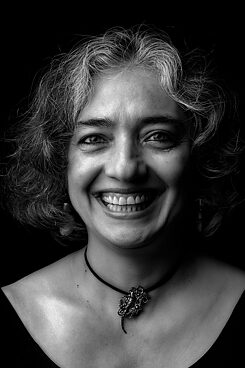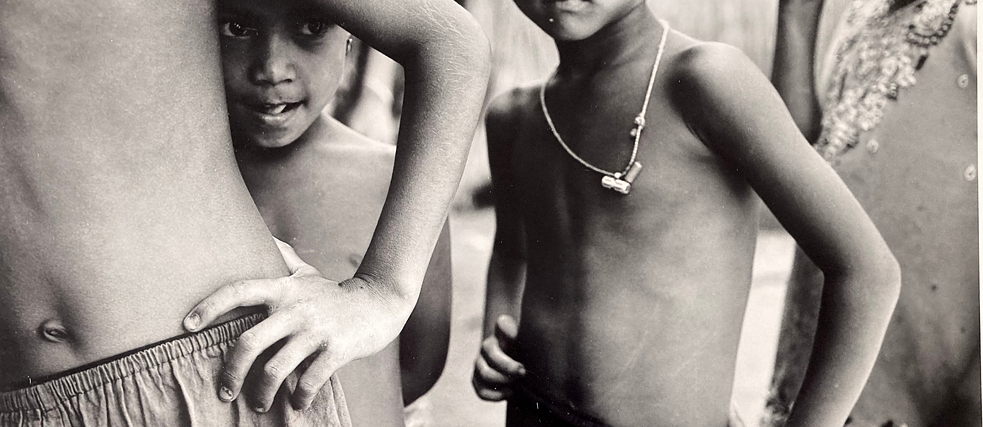For children ages 10-15
The programme will be conducted with a selected group of 30 children (all genders) who will be taken through all the sessions, to build an incremental understanding of the diverse meanings and experiences of being a boy.
Some of the proposed ideas for the sessions are:
- Physical representation - to focus on the body, clothing, stereotypes and conformity
- Inner worlds & emotional expressions - to talk about feelings and fears, and how to express them
- Class and gender – to explore the pressures and performance of gender across socio-economic contexts
- Sexuality – to understand the self and others along with ideas of consent
- Violence – to unpack bullying, gangs, ideas of security, protection and belonging
The online sessions will be recorded, and the children’s work documented to allow for future dissemination possibilities either as video or in the form of an exhibition.
Samina Mishra
 © Yeshu Yuvraj
Samina Mishra is a documentary filmmaker, writer, and teacher based in New Delhi. Her work uses the lens of childhood, identity and education to reflect the experiences of growing up in India. Her recent work includes Jamlo Walks, a picture book that tells a story of the migrants walking back home during the lockdown last year, and Happiness Class, a documentary that explores the idea of happiness seen through the Happiness Curriculum project in the Delhi government schools. She also runs The Magic Key Centre for the Arts and Childhood, a virtual resource centre for children as well as adults working with and for children.
© Yeshu Yuvraj
Samina Mishra is a documentary filmmaker, writer, and teacher based in New Delhi. Her work uses the lens of childhood, identity and education to reflect the experiences of growing up in India. Her recent work includes Jamlo Walks, a picture book that tells a story of the migrants walking back home during the lockdown last year, and Happiness Class, a documentary that explores the idea of happiness seen through the Happiness Curriculum project in the Delhi government schools. She also runs The Magic Key Centre for the Arts and Childhood, a virtual resource centre for children as well as adults working with and for children.
